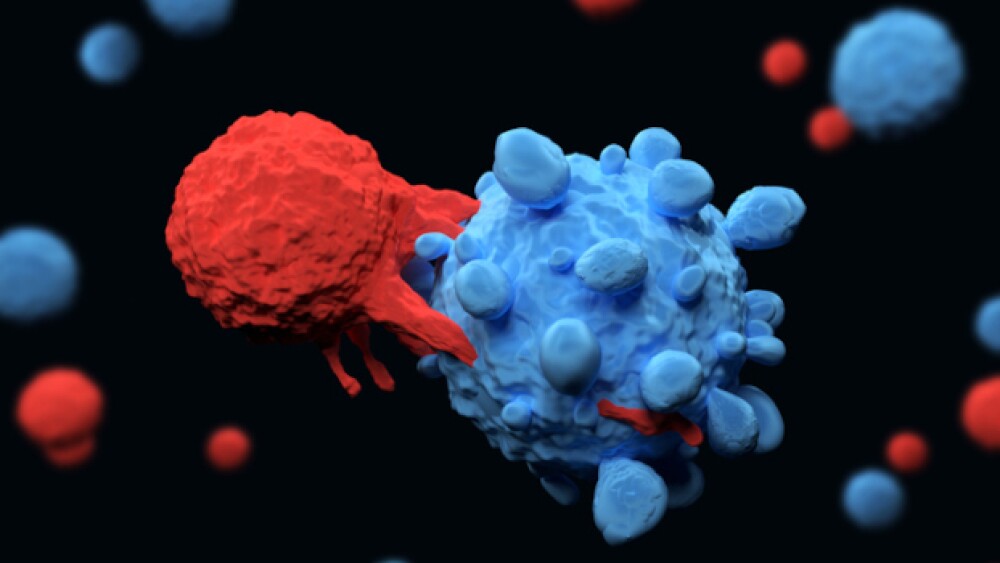The study is being conducted in two stages, with the first stage initiated in January 2008 and having enrolled 95 patients (47-48 per treatment arm). Following 24 weeks of treatment, a formal interim analysis was conducted and the safety results were reviewed by an independent Data Safety Monitoring Board. Based on these results, the study has been extended to stage two, in which the enrollment target is an additional 105 patients.
“CCR5 antagonists, such as vicriviroc, have a novel mechanism of action and may play a unique role as physicians seek to construct new HIV regimens to meet the specific needs of their patients,” said Joseph C. Gathe, Jr., M.D., F.A.C.P., clinical instructor, department of internal medicine, Baylor College of Medicine, Houston, and lead investigator for the study. “A class-sparing vicriviroc regimen for initial treatment could potentially expand options for patients by offering a new first-line therapy, while having the additional benefit of preserving the current first-line therapy and subsequent regimens for future use.”
The standard of care for treatment-naive HIV-infected individuals is to combine three drugs from two classes to initiate antiretroviral therapy. The combinations characteristically use two NRTIs with either a non-nucleoside reverse transcriptase inhibitor (NNRTI) or a ritonavir-boosted PI.(4) While these combinations have been demonstrated to be highly effective, long-term tolerance may be limited by the toxicity specifically associated with nucleosides, which can include neuropathy, myopathy, renal toxicity, hepatic steatosis, lactic acidosis, bone marrow suppression, fat atrophy and, with certain agents, increased risk of myocardial infarction.(5-7)
About the Phase II Naive Study
The primary efficacy endpoint of the study is the mean change from baseline in viral load (log10 HIV RNA) at week 48 of treatment. A key secondary efficacy endpoint is the proportion of patients with plasma HIV RNA less than 50 copies/mL at week 48 of treatment.
The study is being sponsored by Schering-Plough with support from Bristol-Myers Squibb.
A pooled data analysis was conducted for two vicriviroc Phase II studies involving 205 treatment-experienced HIV-infected patients who continued on vicriviroc at the completion of 48 weeks of treatment in an open-label extension for each study. Patients received vicriviroc for up to 216 weeks of total treatment duration as part of an optimized antiretroviral regimen. AIDS-associated opportunistic infections and conditions were observed infrequently and sporadically. Infections involving the upper and lower respiratory tract were the only other infections or adverse events that occurred in 5 percent or more of patients. Elevations of liver enzymes and bilirubin were noted, but were not characteristic of drug-induced liver injury and were judged to be not related to vicriviroc. These infections and other adverse events observed in these patients were generally consistent with expectations for patients with advanced HIV infection and with the multiple drugs being administered.(8)
About Schering-Plough
Schering-Plough Corporation




